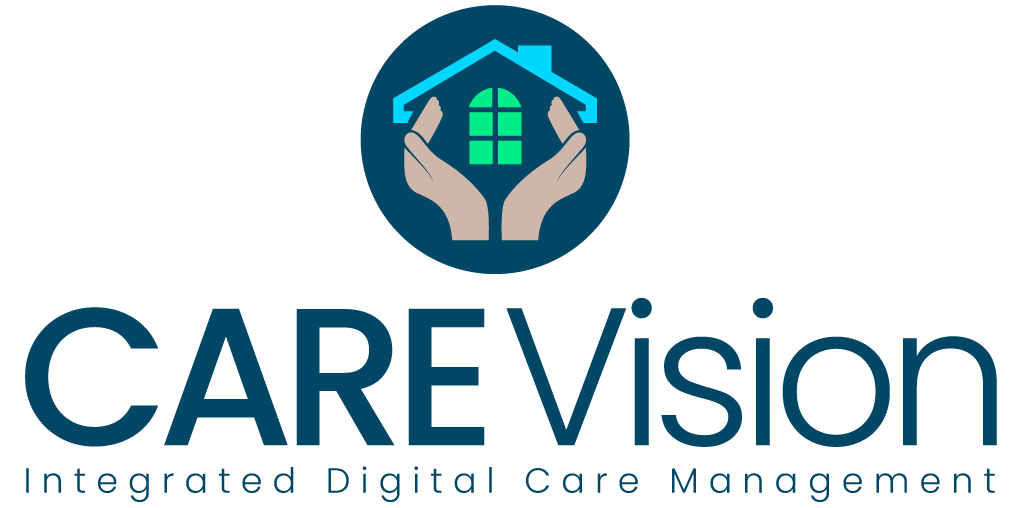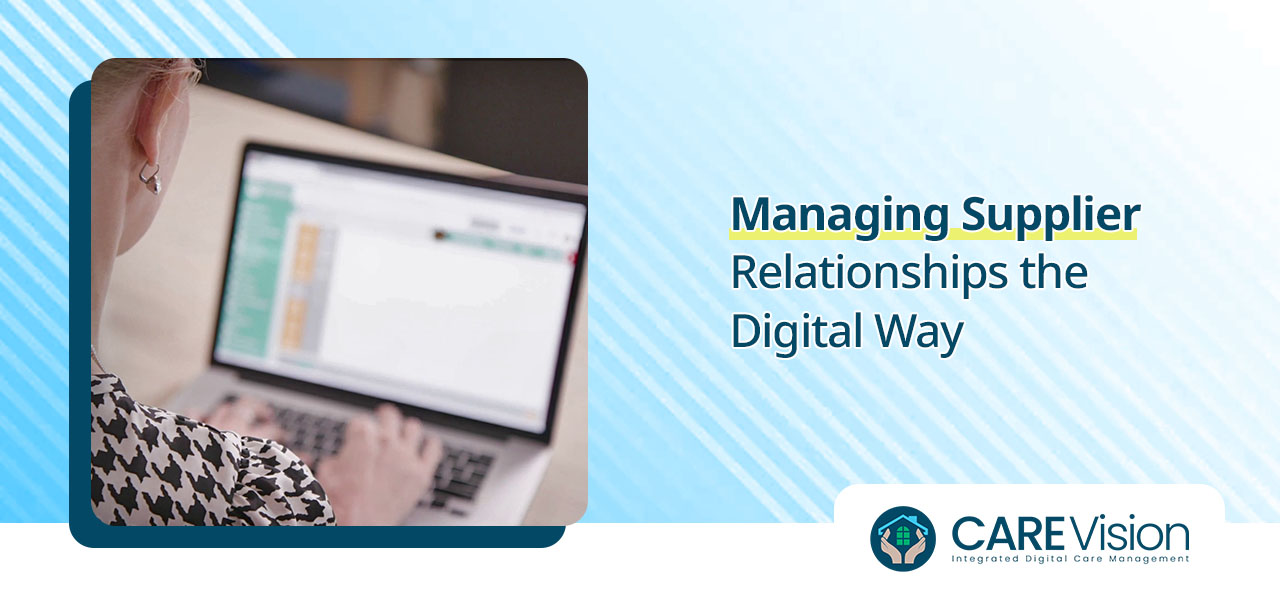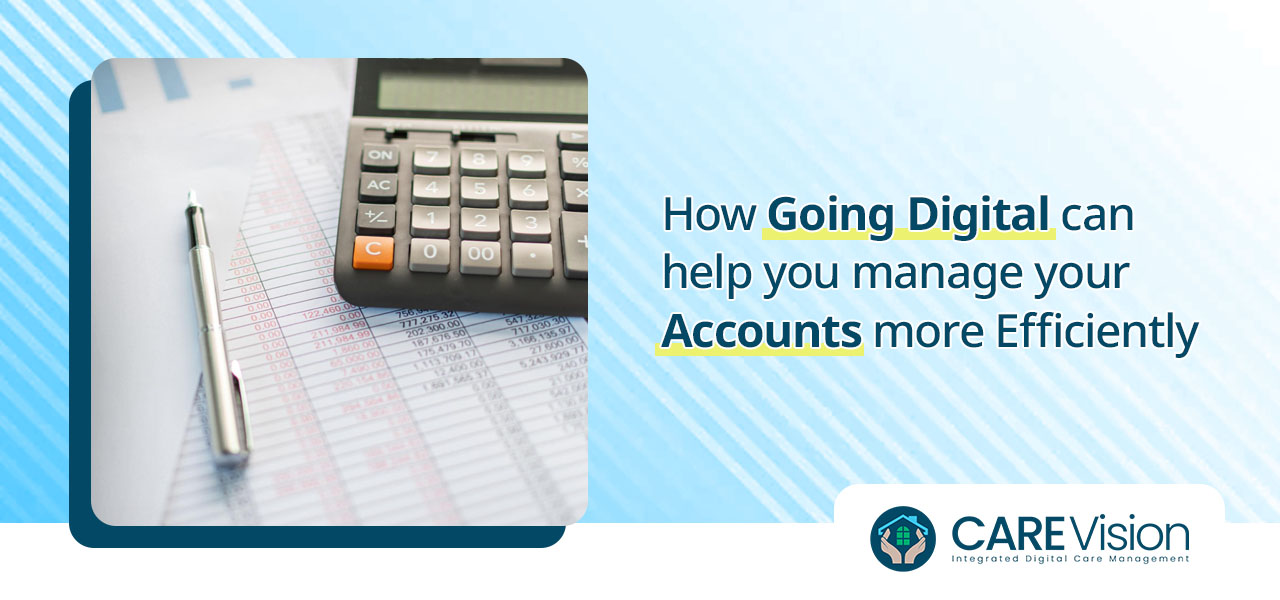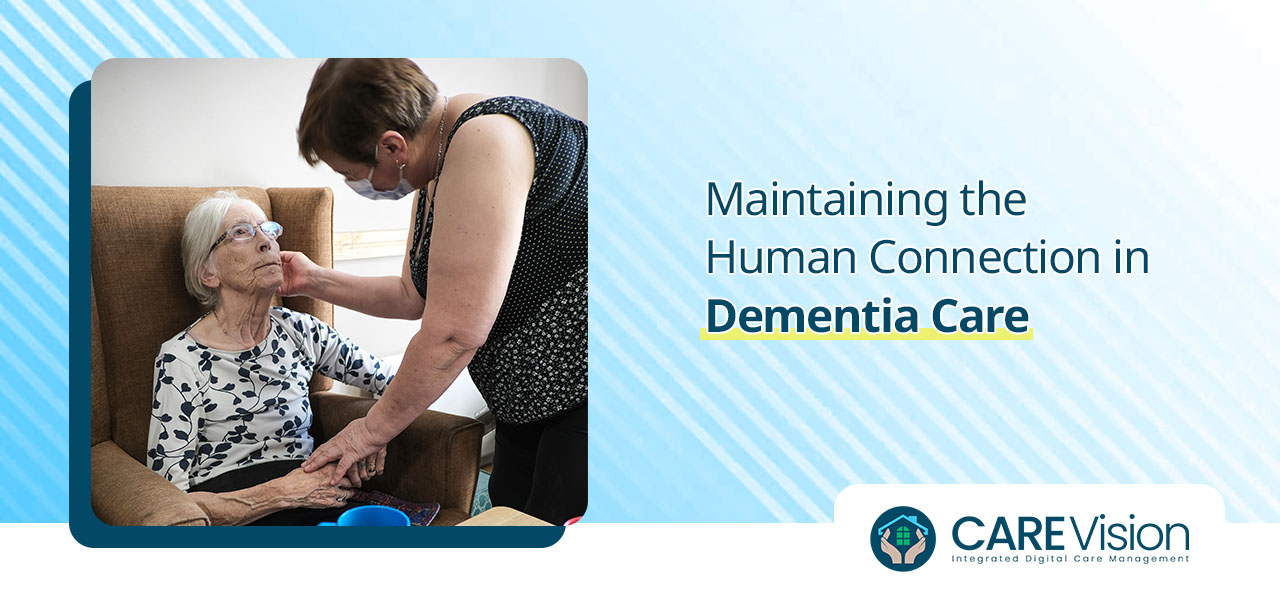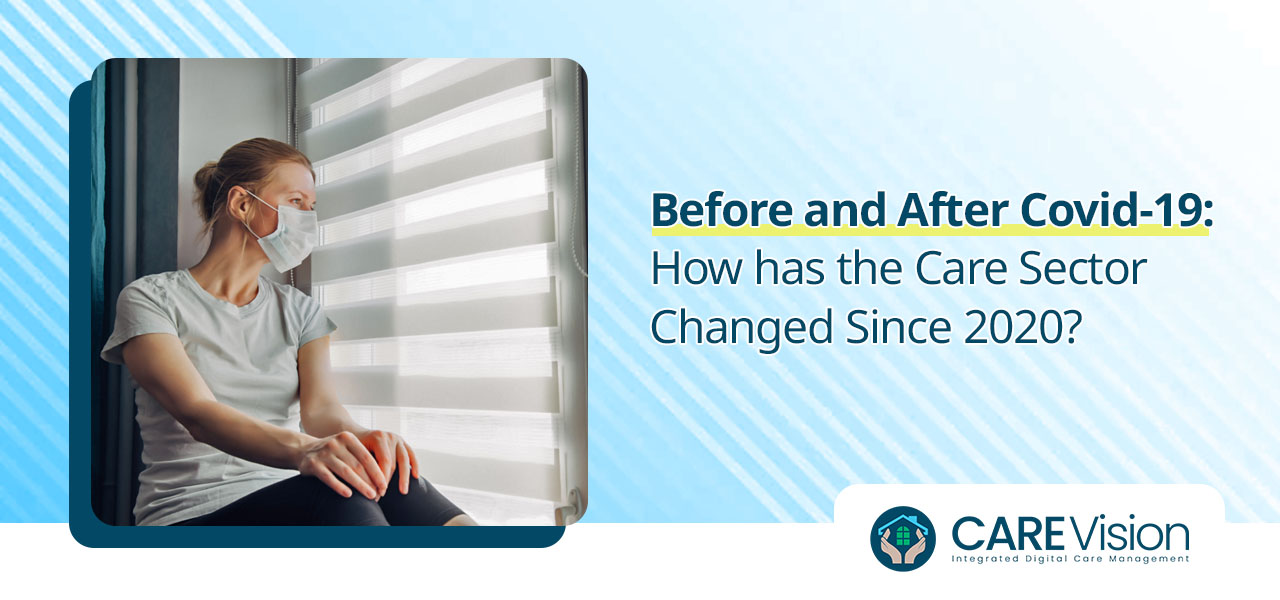Looking back on a life well lived brings huge satisfaction and comfort for many people facing the prospect of old age or limited health. It can be therapeutic to think about the relationships and friendships you have shared, achievements that have made you proud, the homes you have lived in and places you have travelled to. Often, people living with conditions such as dementia or Alzheimer’s can find it easier to recall events from further back in their past, rather than closer to the present day.
Encouraging people to share their stories and experiences with a wider audience can also be have huge benefits for other people. Those reading or listening to them can gain fresh insights into a loved one’s personality and background, as well as learning about life in bygone times. Happily, there are many ways in which care home residents can do this, from writing their memoires in a journal to leaving voice recordings for future generations to enjoy. You can even use your Care Vision software to capture and store precious memories. Here’s how to get started.
Leave a message
For people who find it hard to write things down, for whatever reason, may prefer to record their memories verbally instead. This can be done by having them talk into a recording device, such as a smart phone, or filming them as they speak. It could be easier fore the person to have a conversation with someone else about their life, rather than simply talking on their own. Prepare a list of questions and see what answers you get. You can then use the audio or video footage to transcribe their words, edit them into a film or simply keep them for posterity as they are for anyone who wants to listen at a later date. This also helps preserve the person’s voice and way of speaking alongside their life story.
Write it down
Another way to record someone’s life story is to write it down. Again, there are many ways to do this. You could help your residents keep a journal or scrapbook, supporting them to add stories and updates as they remember them, or feel like doing so. Add photos, tickets and other souvenirs to the book if they are available. Or, for anyone keen and able to use a computer to write their stories, these can be printed out or uploaded to a blog site for other people to enjoy. There are websites where you can upload your own stories and read other people’s memories from all over the world. Another way to share written memories is to hold a ‘story event,’ when people are invited to read excerpts from their writings over afternoon tea or an evening glass of wine.
A thousand words
They say that photographs tell a thousand words, and this could be a really good option for people who do not want to write their stories down or record themselves telling them. Photos can bring back a lot of memories. If one of your residents wants to share their life experience through their photos, this can be a hugely enjoyable process for everyone involved. Spend time helping them pout loose photographs into albums. Label them as much as you can so that future audiences will know who they are looking at, where they are and what the occasion was that led the picture to be taken in the first place. You can also have photographs printed onto blankets, cushions, mugs etc., as well as create digital albums designed to be viewed on a screen.
Using Care Vision
Care homes that use digital management software have another effective avenue for helping residents record their life stories. Care Vision, for example, has a ‘service user’ tool that allows the user to record and store details about each resident under their own, secure entry. This is a great place to keep stories and written records detailing their life. You can scan and store photos here too, to keep them safe and add context to anyone looking at them about the person’s life and experiences. This can also help you plan hobby activities and events that will appeal to your residents’ particular interests.
